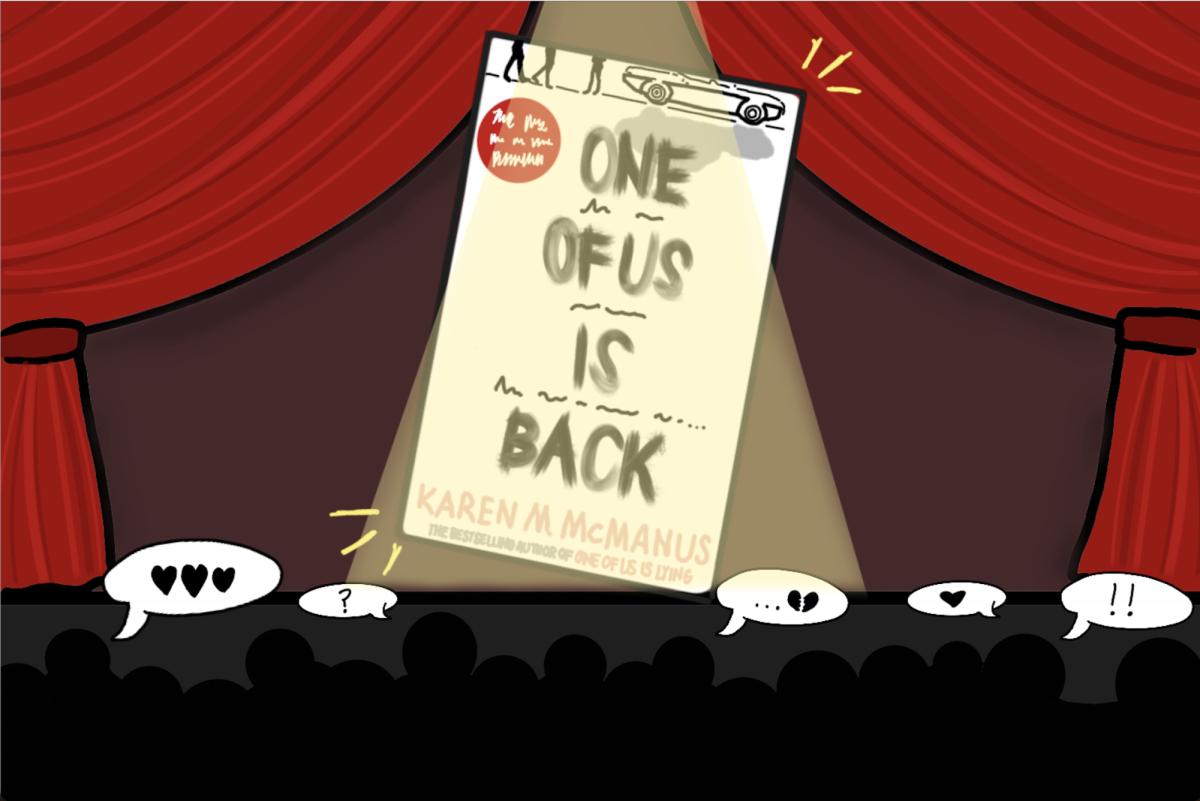As her fingers scroll at a dizzying speed with her eyes fixed on her Instagram feed, Jackie Hess (’16) occasionally pauses to glance at a particular post. Her feed is full of photos from all types of accounts, ranging from fashion to food to celebrities.
Hess finds that the benefits of social media allow her to stay in touch with her friends that don’t go to the school or live in a different country. “We are at an international school, so people move a lot, so it’s nice to stay in touch with people,” Hess said.
Other students, such as Tara Advaney (’15), use social media to spread awareness. After climbing two of the highest mountains in the world, Kilimanjaro and Mont Blanc, Advaney used social media as a way to both update her friends on her progress, as well as to share information about her charity and to raise money. “It was a really good way to get that message out to people,” she said.
Applications such as Instagram aren’t just a way for friends to stay in touch, they also allow people to use their own voices.
Social media has given normal people the opportunity to become a celebrity of their own. Comedian Josh Ostrovsky is a perfect example of this. Ostrovosky started @thefatjewish, an Instagram account that takes comedic photos and pairs them with entertaining captions. His humor lures as many as 3.3 million followers and has made Ostrovsky a social media celebrity.
Clothing lines such as Brandy Melville, a popular brand for teenage girls, have begun seeking out their models via Instagram. Instagram users grab the attention of other people, companies and brands in the hope of being discovered.
Hess has found that Instagram in general puts a huge emphasis on how people look and not so much on who they are as a person. “I think it’s definitely more physical first because mostly everyone who is ‘insta-famous’ falls under the same look and style, and they’re all very similar and usually very pretty. I think that’s how people [or brands] find them,” Hess said.
Advaney echoes this sentiment, as she finds that Instagram promotes a very “surface level” mentality that prevents people from “looking deeper” into a user’s personality.
Although social media has now created an outlet for people to promote fashion and charities, drawbacks have come out of this development too.
Advaney feels that it is now easy for people to create a fake, new and improved version of themselves, something that she has seen celebrities do. She has also seen the affect social media can have on herself. “For me, [social media] has not actually been good because I have become a lot more self-conscious of my image and how I project myself,” Advaney said.
Instagram accounts dedicated to fitness and workouts are believed to provoke both positive and negative reactions; positive in the sense that they offer motivation to workout, while negative in how these accounts are showing bodies that, at times, aren’t even real. In turn, these pictures can be suggestive and detrimental to teens and their self image.
Park Nicolett Melrose Center, a eating disorder rehab center for girls, cites that 53 percent of 13 year old girls are unhappy with their bodies. This number grows to 78 percent by the time girls reach age 17.
Christopher Von Daehne (’18) believes online social media has become a personality smorgasbord: You pick just the best bits. Von Daehne finds that because of this, people almost create an alter-ego of themselves. “You post the best version of yourself, the most interesting version.”
Hess sees a relationship between emotions and the number of likes received on a photo. “Everyone’s [posting to social media], so everyone’s trying to compete with each other and have cooler photos and better looking photos,” Hess said.
Hess feels that the purpose of pictures and images has now completely changed. “It’s no longer about the memories [in the] the photo,” Hess said. “It’s like you’re trying to make a memory rather than saving [one].”







